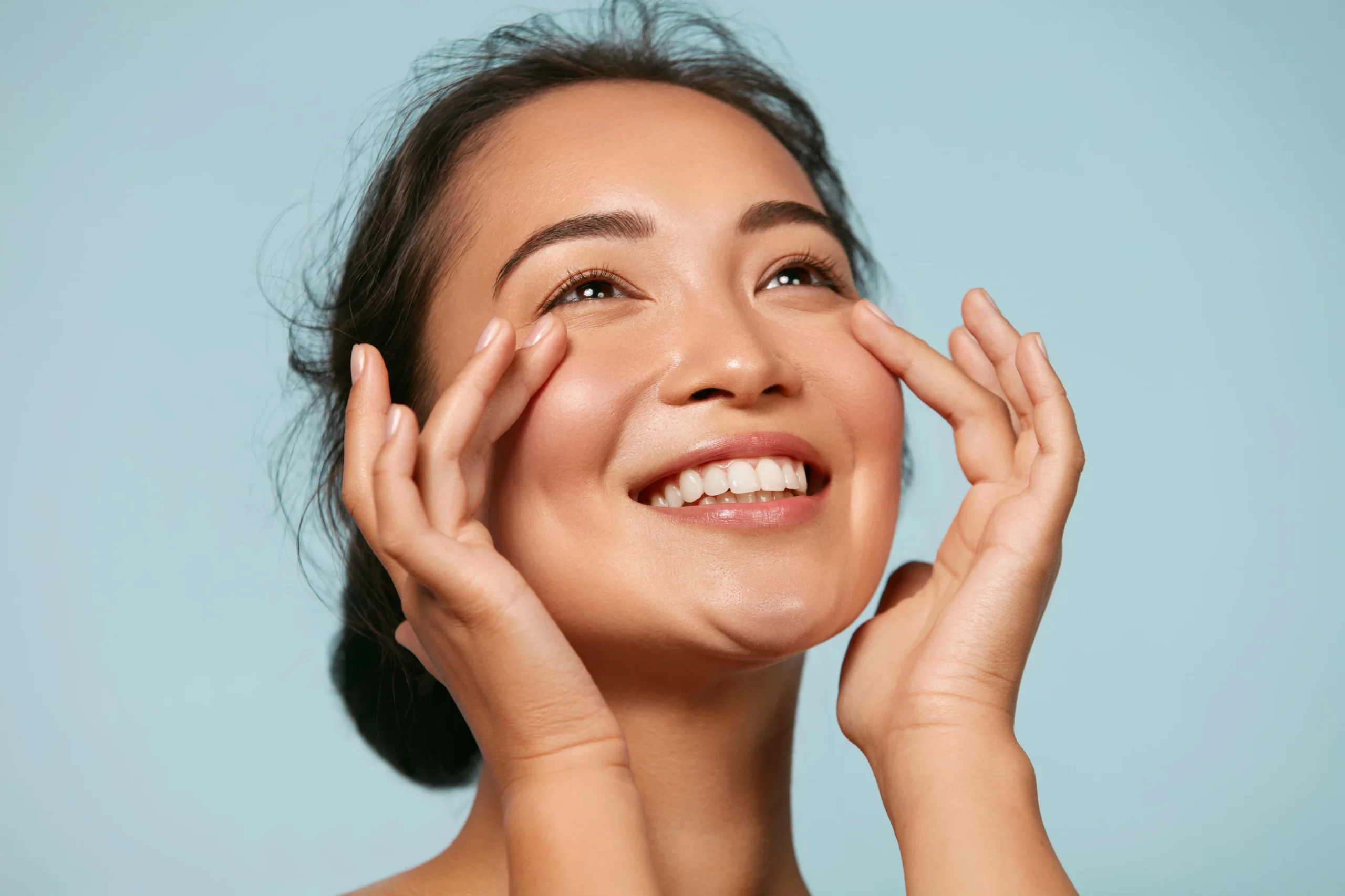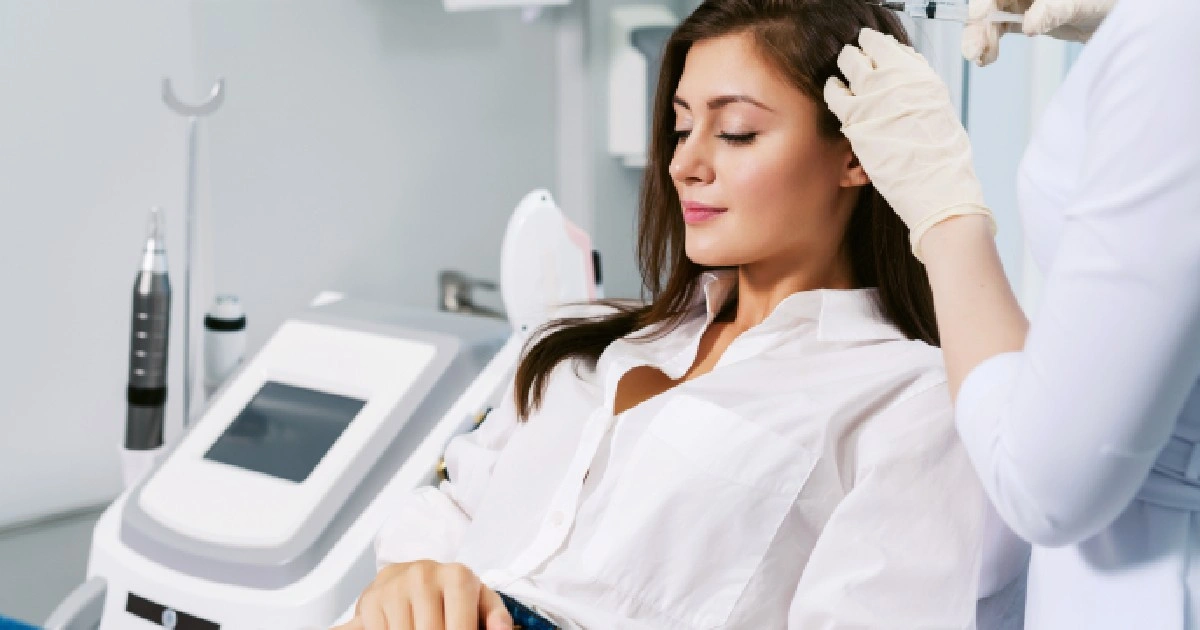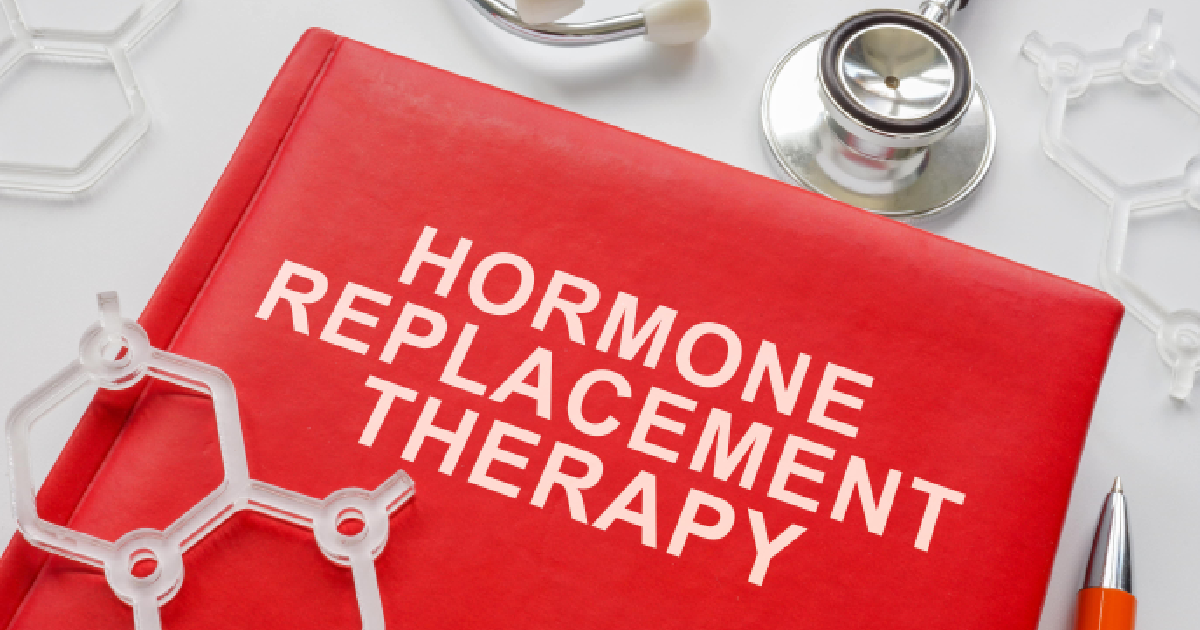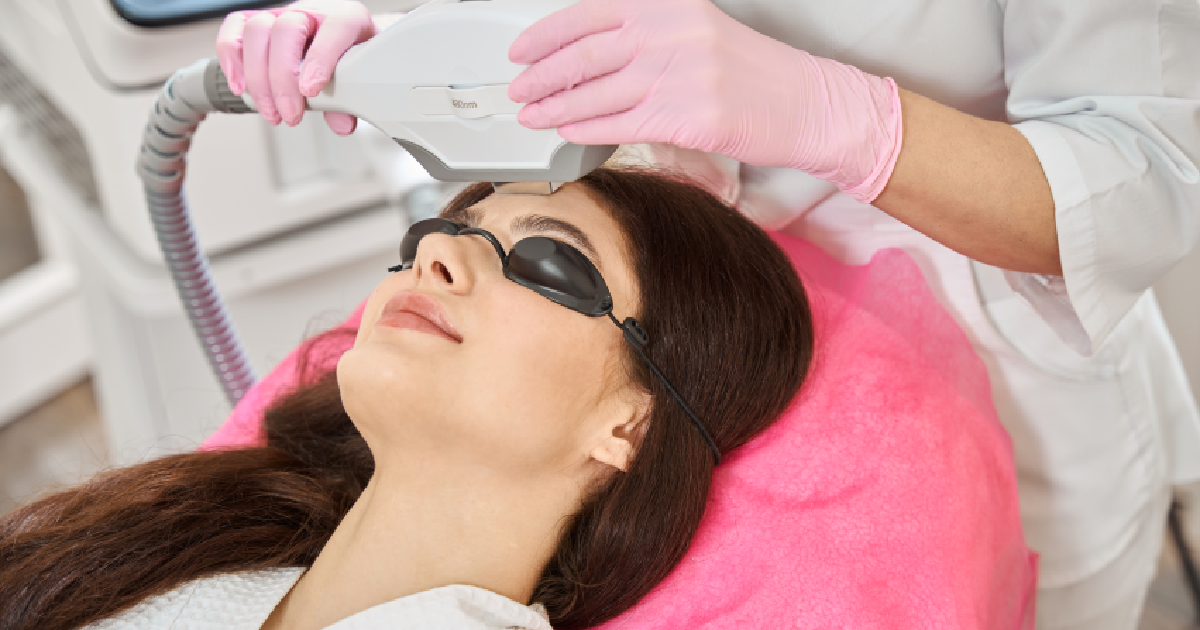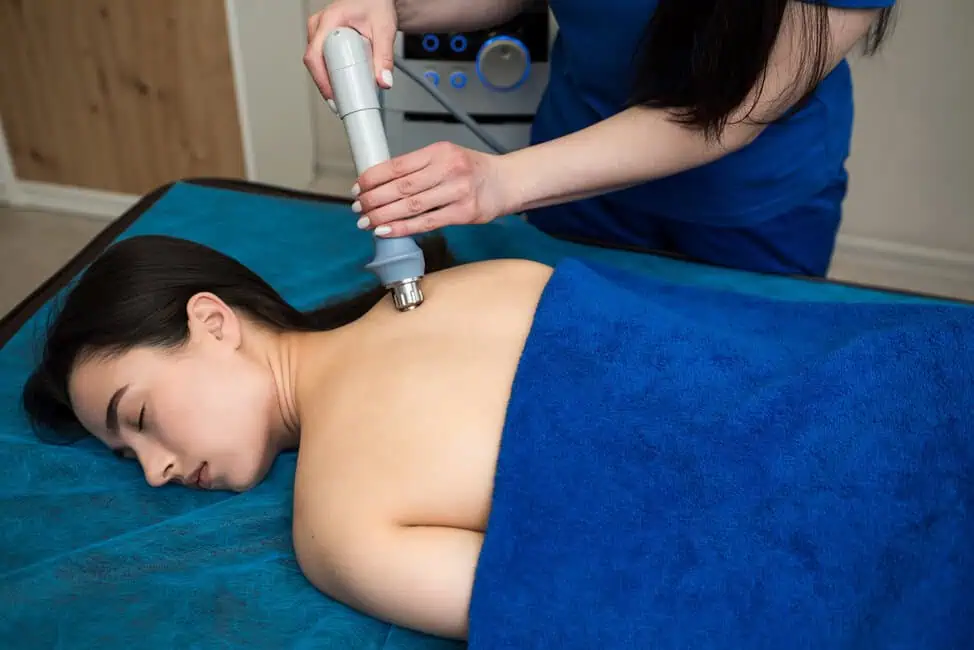Combating perception drift and body dysmorphia in aesthetic medicine requires a multi-faceted approach that addresses both patient perception and practitioner responsibility.
Here are some strategies to promote a healthy perspective and minimize the impact of these issues:
Comprehensive Patient Consultations: Conduct thorough consultations with patients to understand their aesthetic goals and motivations. Use open-ended questions to assess their perceptions and ensure realistic expectations. Educate patients about the limitations of aesthetic treatments and the importance of maintaining a positive self-image.
Encourage Body Positivity: Promote body positivity and self-acceptance in your practice. Create a supportive environment that celebrates diversity and emphasizes the uniqueness of each individual. Encourage patients to focus on self-improvement rather than trying to attain an unrealistic standard of beauty.
Psychological Screenings: Consider incorporating psychological screenings into your consultation process. Identify patients with body dysmorphia or other underlying mental health issues. Collaborate with mental health professionals to ensure these patients receive appropriate care and support.
Limiting Frequency of Treatments: Exercise caution when treating patients who request multiple procedures in a short period. Frequent treatments may indicate a compulsive desire for perfection, which can be a sign of body dysmorphia. Encourage a waiting period between treatments to allow patients to reassess their needs.
Set Realistic Expectations: Be transparent about the expected outcomes of aesthetic treatments. Present before-and-after photos of real patients to demonstrate realistic results. Avoid using heavily edited or filtered images that may perpetuate unrealistic beauty standards.
Educate Patients on Perception Drift: Educate patients about perception drift, which refers to the phenomenon of adjusting to a new appearance after an aesthetic procedure. Inform them that initial excitement may diminish over time, and it is normal to take time to adjust to the changes.
Promote Non-Invasive Options: Offer non-invasive treatments as a first-line option for patients with mild aesthetic concerns. Non-invasive procedures can provide subtle enhancements without drastically altering one’s appearance, reducing the risk of perception drift.
Foster Post-Treatment Communication: Encourage open communication with patients after treatments. Follow up regularly to address any concerns or questions they may have. Provide ongoing support and guidance to ensure patient satisfaction and emotional well-being.
Continued Professional Development: Stay up-to-date with the latest research and guidelines related to body dysmorphia and mental health in aesthetic medicine. Attend seminars and workshops that focus on patient care and psychological well-being.
Referrals to Mental Health Professionals: If you suspect a patient is struggling with body dysmorphia or other psychological issues, don’t hesitate to refer them to mental health professionals for evaluation and treatment. Collaborating with experts in this field can improve patient outcomes and overall well-being.
In conclusion, combating perception drift and body dysmorphia in aesthetic medicine requires a compassionate and responsible approach from practitioners. By promoting a realistic perspective, fostering body positivity, and collaborating with mental health professionals, we can prioritize the overall well-being of our patients and ensure positive and ethical outcomes in aesthetic medicine.
Author:
Scottsdale, AZ
IG & TT @drstevensorr
